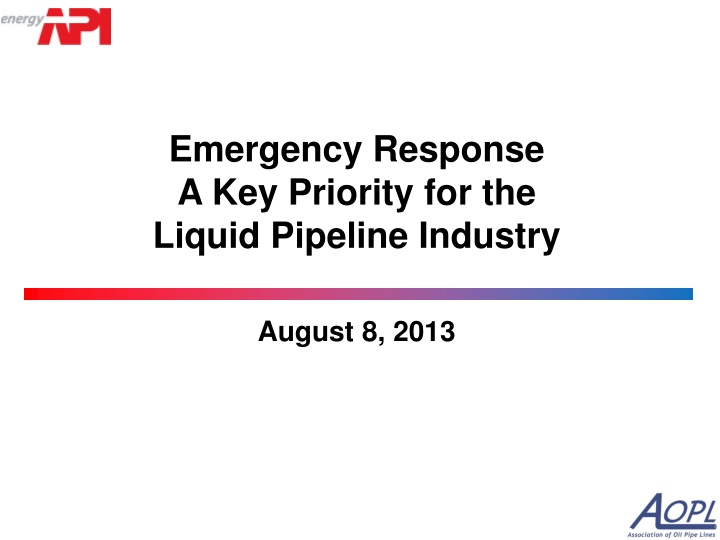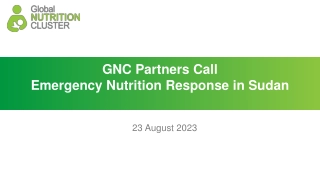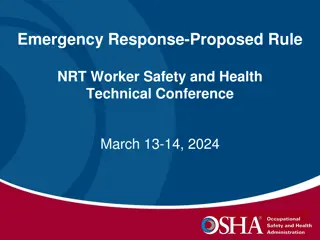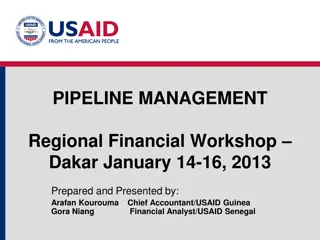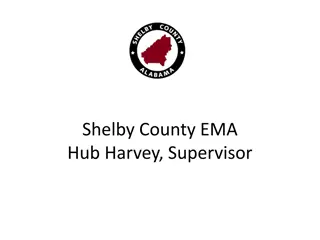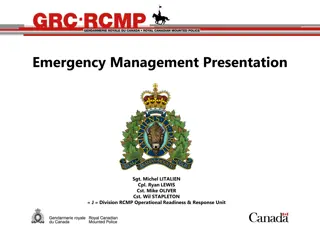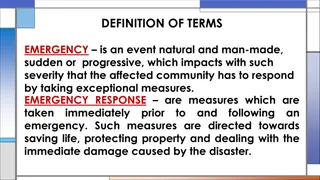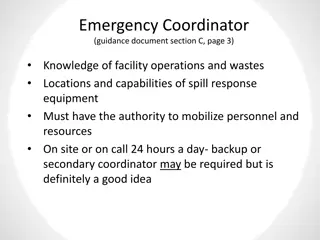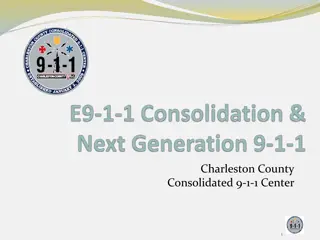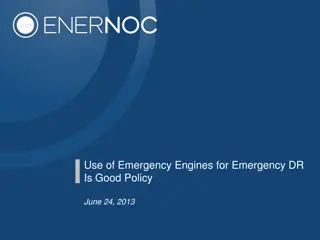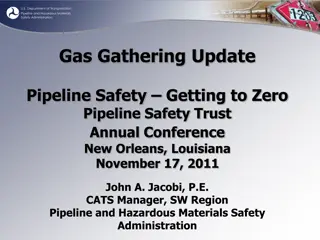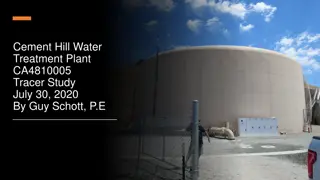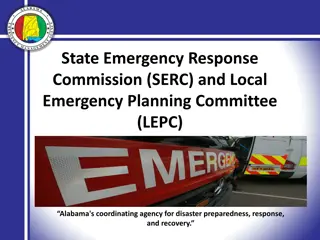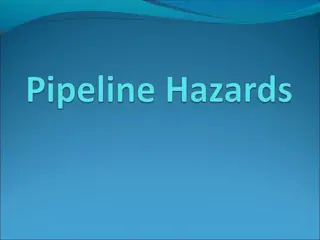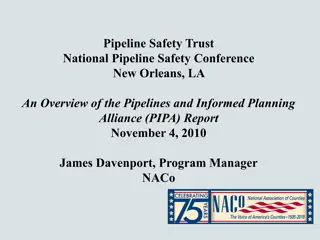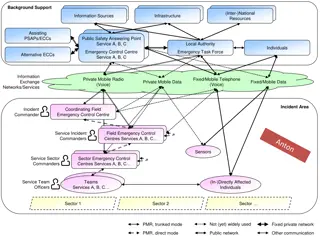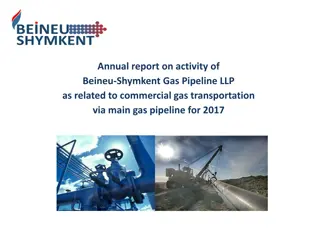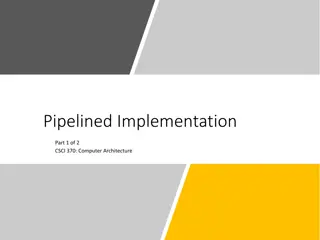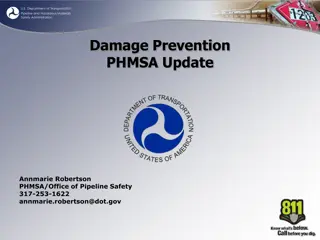Emergency Response: Key Priorities for Liquid Pipeline Industry
Assessing current needs, identifying opportunities, setting targets, outlining goals, and receiving a favorable industry response in enhancing emergency response within the liquid pipeline industry. Strategies involve training, exercises, communication, and industry collaboration.
Download Presentation

Please find below an Image/Link to download the presentation.
The content on the website is provided AS IS for your information and personal use only. It may not be sold, licensed, or shared on other websites without obtaining consent from the author.If you encounter any issues during the download, it is possible that the publisher has removed the file from their server.
You are allowed to download the files provided on this website for personal or commercial use, subject to the condition that they are used lawfully. All files are the property of their respective owners.
The content on the website is provided AS IS for your information and personal use only. It may not be sold, licensed, or shared on other websites without obtaining consent from the author.
E N D
Presentation Transcript
Emergency Response A Key Priority for the Liquid Pipeline Industry August 8, 2013
Assessing Our Current Position Needs identified by NTSB and others to improve first responder incident response training Liquid pipeline operator leadership commissioned an industry-wide ER task group in Spring 2012 Gathered insights from Natl. Assoc. of State Fire Marshals, Louisiana State Police, International Associated of Fire Chiefs, National Emergency Number Association, USCG, EPA, DOT, PHMSA Developed response priorities and plan
Identified Opportunities More effective communication Increase number of response exercises that include Federal/State/Local agencies Uncertain level of operator response communication, training, and preparedness, and that of agencies No industry response training certification Inconsistent first responder training, effectiveness No industry performance standards for preparedness and communication
Our Target To align industry, government and emergency response organizations expectations, practices and competencies to promote timely and effective response to significant incidents.
ER Team Goals 1. Training Create standard pipeline incident response training course and get adoption by first responder umbrella organizations; enhance training for operators 2. Exercises Operators and ER organizations consistently exercise together on pipeline incident scenarios. 3. Learnings Openly share learnings within industry and with ER organizations. 4. Communication Conduct active, ongoing dialogue and communication between operators and ER organizations.
Favorable Industry Response Industry leadership challenged ER team to take even more aggressive approach than originally proposed by the team Summer 2013, pipeline industry leadership approved expanded ER Team action plan with additional funding and manpower resources
Training Strategy 1. Modify NFPA codes to require training for pipeline emergencies 2. Industry program to share member ER training 3. Online industry ER training portal 4. Industry grant program for training first responders 5. Participate in key ER training workshops, conferences, meetings
Exercise Strategy 1. Develop an industry Recommended Practice 2. Track industry exercises, allow member participation 3. Industry grant program supporting First Responder participation in exercises 4. Partner with TRANSCAER to develop exercises on pipeline emergencies 5. Industry exercise endorsement program for specific emergency exercises
Learning Strategy 1. Annual industry forum to share learnings with members and first responder organizations 2. System to alert members of government ER exercise opportunities 3. Share industry articles on ER with members and external audiences 4. Method of sharing operator incident case studies ASAP
Communications Strategy 1. Establish an industry Emergency Response Advisory Board 2. Develop a communication plan that articulates the strategies, goals and activities. 3. Participate in ER conferences, workshops 4. External communications campaign
Challenges First responders making relatively rare pipeline incidents a priority Wide-spread first responder acceptance and adoption Finding best balance between public desire to know information and protecting against security threats
